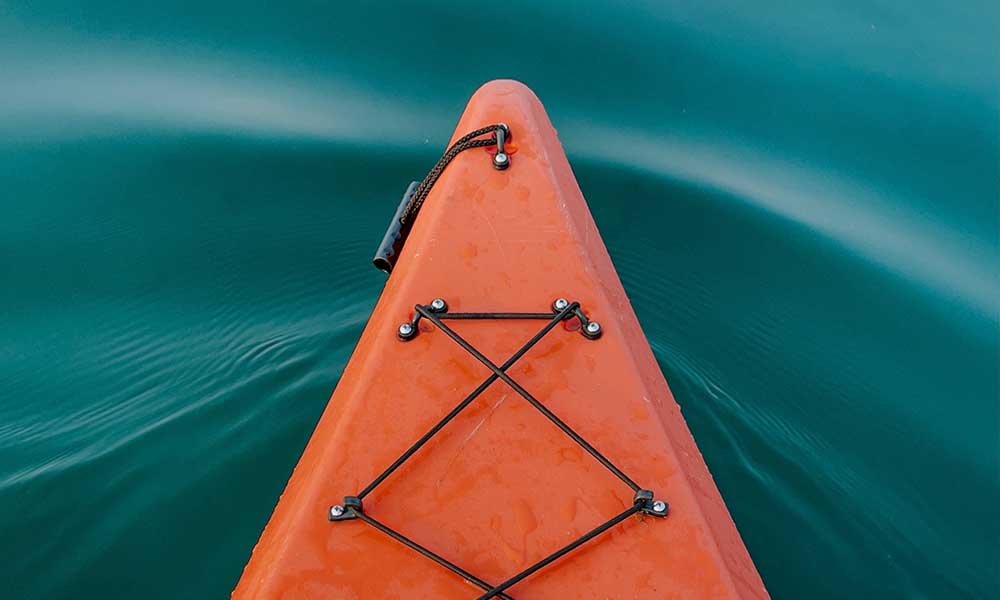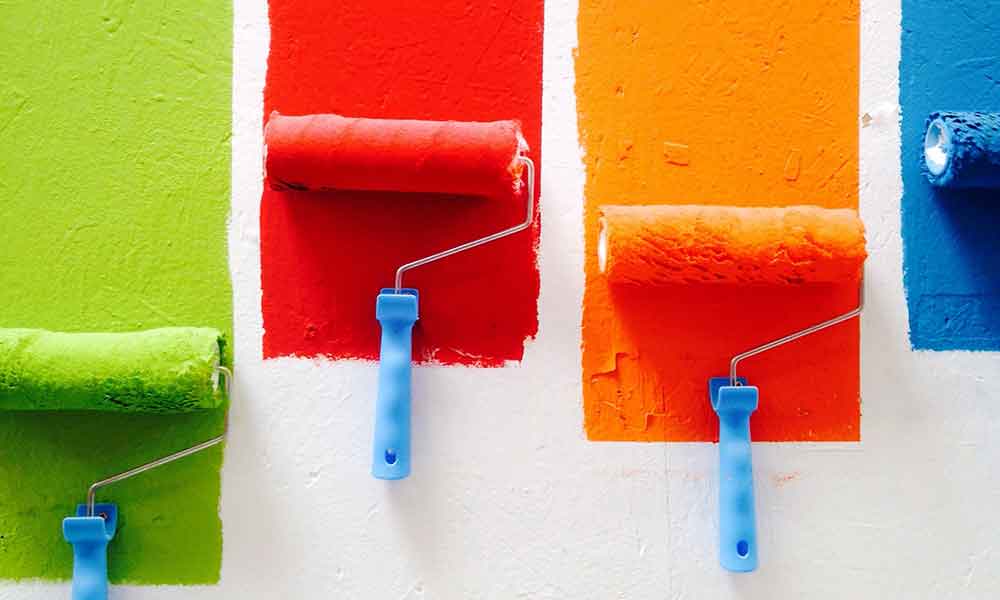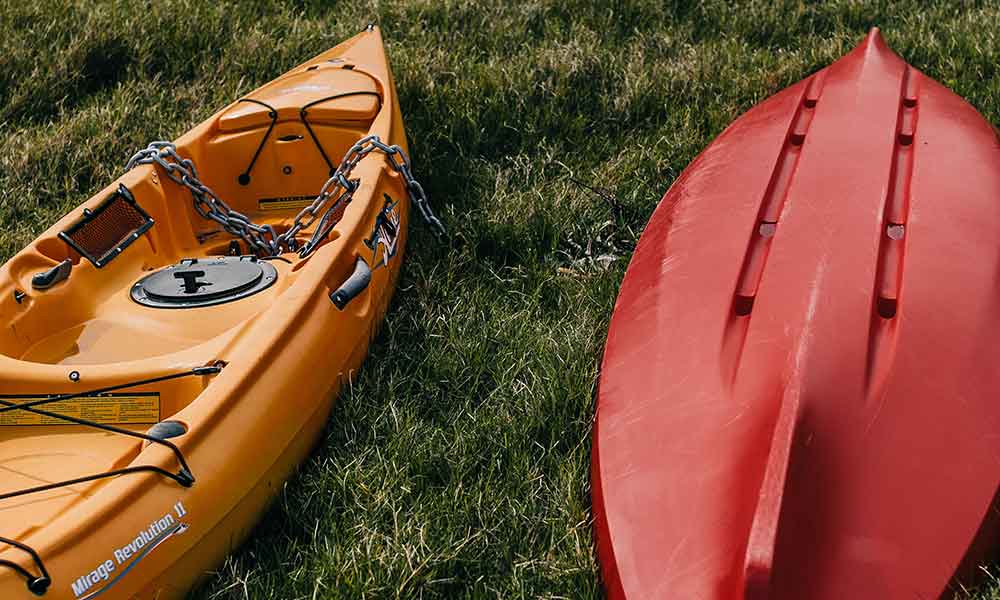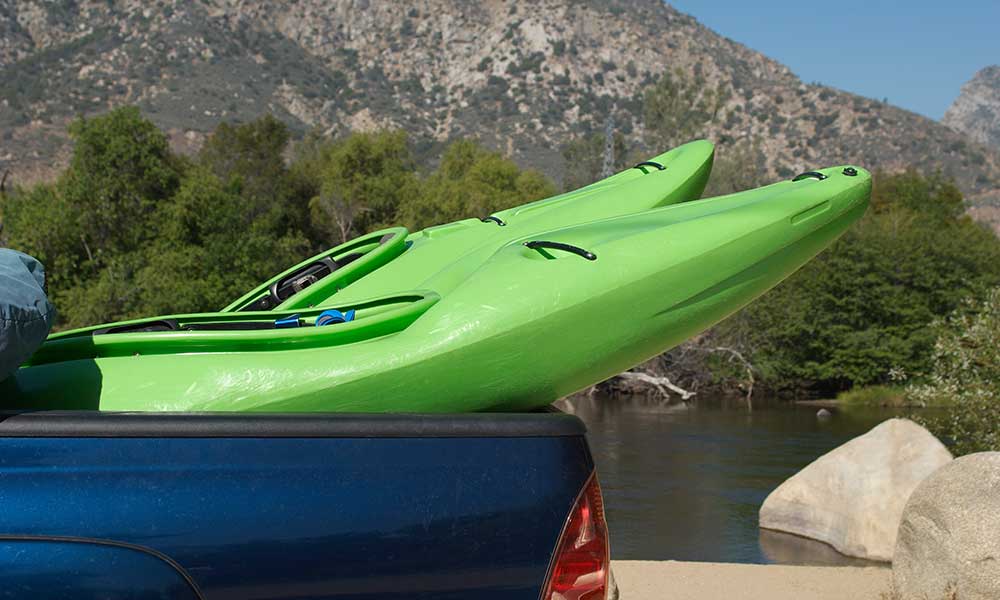Launching a kayak can be a challenge, particularly if your put-in spot has a high bank or is very muddy. For these launch spots, building a homemade DIY kayak launch could be a project that will help you make launching an easier, cleaner process!
There are many different homemade kayak launch designs. One of the easiest to construct is a ramp-style launch. This launch can be made using a box framework and custom-made rollers, using galvanized pipe and PVC pipe to fit over the metal pipe. This is a robust, cost-effective kayak launch.
You can add many variations or adaptations to this project to ensure the launch is suitable for your own local conditions. The project does not take long to construct, and the components are readily available from most hardware stores.
The Principle Behind A Homemade Kayak Launch
We decided to go with a ramp-style kayak launch to enter the water at a muddy bank since this was the type we needed at our put-in spot.
We need a framework for the ramp to support the rest of the structure for this design. A roller method was deemed to be the best method for the kayak to roll down the launch and enter the water, without the need for the kayaker to step into the mud on the shore and enter the kayak with muddy shoes or feet.
The launch must be slightly longer than your kayak as a minimum and as a maximum, long enough to extend from the bank and into the water deep enough to float the kayak. Otherwise, the kayak would simply get stuck in the mud at the end of the ramp.
The launch should also be slightly wider than the kayak but not so wide that the launch ramp poses an obstacle to getting aboard the kayak.
The Design for A Homemade Kayak Launch
We decided to go with a ladder-style design, where each “rung” on the ladder would be a roller, allowing the kayak to easily roll down the ramp and into the water.
The rollers would have an underlying structure to offer support and a means to secure the launch ramp at the top of the bank.
The supporting structure would be a box-type structure, with two long pieces down either side of the launch, which cross members to support the structure. The rollers would be mounted on top of this structure.
What You Need To Build A Homemade Kayak Launch
The materials you use to build your ramp can differ, depending on your particular needs. In the places where we have used lumber, you can replace these items with suitably sized PVC pipes.
We decided to go with lumber for our framework since the launch would not be permanently in the water, and if the wood sustains water damage, it would be easy and cheap to replace.
An appropriate length of 2×4 lumber is needed to provide the two lengths for the kayak launch. A third length of 2×4 was purchased to provide lateral support to the structure.
Galvanized piping of a size that would fit inside electrical PVC piping is needed for the rollers and the PVC piping to go over the galvanized pipe. Two U-shaped brackets are needed for each roller on the kayak launch.
You will need enough rust-resistant fasteners to secure the U-brackets to the 2×4 framework and to build screw the wood framework together.
Two eyebolts can be attached at the top of the launch to secure the structure when it is on a slope and prevent it from sliding down with the kayak. A rope can be tied to the eyebolts and secured to a structure or a stake on the bank.
How To Build The Kayak Launch
With all the materials gathered, it is time to start the construction of the kayak launch. The project does not take long to build, with the most time-consuming task being cutting the wood to size.
Building The Kayak Launch Framework
The first task is to cut the wood to the right size for the ramp. Cut the two long lengths first, which will give you the length of the launch. You don’t want to cut these last, only to find you don’t have a piece of timber long enough!
The second step is to cut the additional 2×4 into multiple pieces that will provide the lateral structure between the two long side pieces. These lateral pieces should all be the same length and should be slightly longer than the width of your kayak.
You would need one lateral brace at the top of the launch, one at the bottom, and the others spaced about a foot apart between these ends.
Lay the wood framework out on a flat surface, and place the lateral pieces in position. Screw the top and bottom lateral pieces to the two long pieces first to provide a stable, box-like structure before securing the other lateral pieces in place.
To secure the lateral pieces, drill holes in the outside of the side pieces at the designated location for each lateral strut. Place the strut in position and drive the screw in from the outside of the framework to hold the strut in place.
Build The Rollers For The Kayak Launch
The galvanized pipe that will form the basis for the rollers should be cut to a length of the outside width of the framework you have just constructed.
The PVC pipe that fits over each galvanized pipe must be cut to a length matching the inside width of the launch framework.
This will allow the PVC pipe to spin freely on the galvanized pipe without interference from the framework, and the extra length on the galvanized pipe can be used to secure the roller in place.
The number of rollers you will need will depend on the launch ramp’s length and the kayak’s weight. If the custom rollers are spaced too far apart, it will put too much pressure on a single spot on the kayak hull, which can crack the hull.
We placed a roller every 0.65 feet or 20cm for our launch construction. This provided adequate distribution of the kayak’s weight and the kayaker across the rollers without placing too much pressure in one spot of the kayak hull.
Insert the galvanized pipe in each PVC sleeve. Use the U-brackets to secure each end of the galvanized pipe to the top of the long sides of the framework.
Test that each of the PVC rollers spins freely on the galvanized pipe. You might need to trim a little off the ends of some of the PVC pipes if your measurements were a little off.
Secure the eyebolts to the top end of the launch to secure them in place on a sloped entry. This completes the build of the homemade kayak launch, and all that remains is to test it out!
Conclusion
There are commercial kayak launches available, but they are not made to cater to every launch situation, and they are expensive.
Building a custom homemade kayak launch allows you to construct the launch for your unique launch spot requirements, and a careful selection of materials will help you build it at a fraction of the cost!







